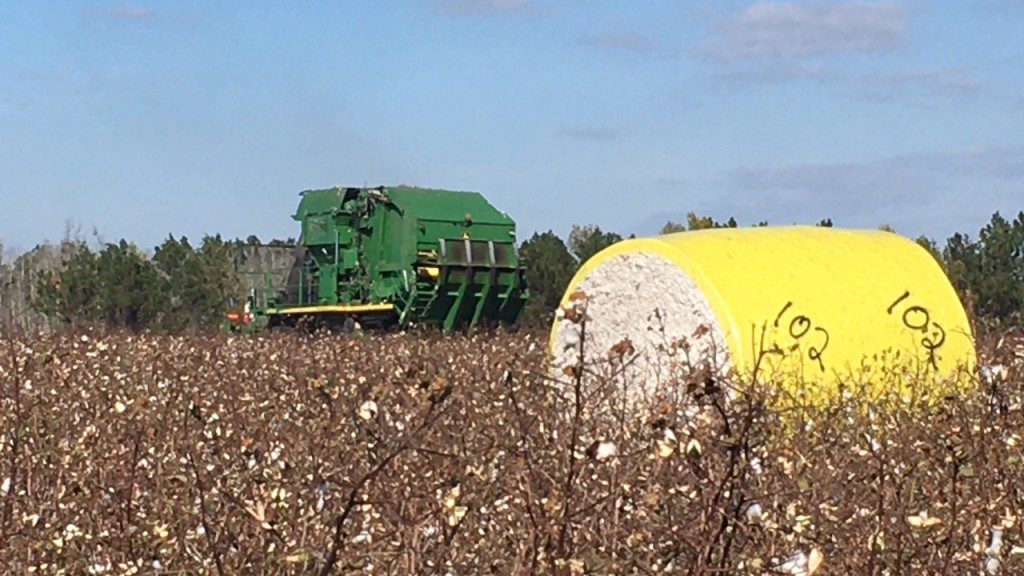Jeremy Kichler
-
Below is information about the chlorpyrifos situation from the UGA Peach Blog. Aug 19, 2021 | Written by Blaauw As many of you may have already heard, the EPA has decided to ban the use of chlorpyrifos (e.g. Lorsban) for use in food production. While chlorpyrifos has been on the chopping block for many years, yesterday’s announcement came…
Posted in: Pesticides -
This is a new event affiliated with the Southeast Hay Contest and will include many educational production topics for hay producers. The program features 2 online sessions, with nationally known speakers, on August 19th and August 26th. The SEHSC will end with an in-person Field Day on September 2nd at Carl Allison Farms in Lake…
Posted in: Hay & Forages -
The Tri-State Climate Meeting has moved to a virtual format. If you are interested, please plan to join the virtual meeting on Aug 27, 2021 beginning at 9am. Below is the agenda and other pertinent info about this meeting. If you have any questions please contact your local county Extension agent.
-
Aug 19, 2021 | Written by Lenny Wells Now that Pawnees have shell hardened and we approach shell hardening on most other varieties in the next week, it is time to start thinking seriously about managing stink bugs and weevils. Prior to shell hardening these pests simply knock nuts off the trees as they feed or lay eggs.…
-
Looking ahead over the next week to 10 days, the forecast is for warmer temperatures and high humidity. This will create very favorable conditions for white mold and leaf spot on peanut- your growers must get after it in the fields. We will likely see more areolate mildew and target spot on cotton. Got areolate…
-
Cattlemen and hay producers need to watch for armyworms in their hayfields and pastures. I have received a few questions about controlling this pest from local hay producers. The life cycle of an armyworm is interesting. Armyworms cannot tolerate the winters in Georgia. The moths migrate from Florida, south Texas, and South American each spring…
Posted in: Hay & Forages -
Rain, rain , rain.. The table below shows the rainfall totals at the Sunbelt Ag Expo recorded by the UGA Weather Station from July 1 to July 22. This location has accumulated 11.27 inches of rainfall and it has rained 16 out of the last 22 days. Rain Delays and Weed Control (Prostko) Recent rains…
-
Scab A few words from Lenny Wells on the scab situation. As you all know, this has been an almost apocalyptic year for scab. Most areas in the state have seen almost daily rainfall for the last month or more. This comes at the worst possible time for pecan scab—the nut sizing period. The worst…
Posted in: Pecans -
The recent rainfall in Colquitt County has caused mushrooms to appear in turf, mulch, and landscape beds. Mushrooms usually appear when rain follows extended dry periods. Not only are mushrooms concerning due to their unsightly presence, but some types are known to be toxic to children and animals. People should never eat unidentified mushrooms that…
-
The rain over the last few days have made row crop production a challenge. The cotton crop is ranging from squaring to fourth week of bloom. Corn crop is ranging from late dough to 3/4 milk line and peanut growers are trying to apply soil borne fungicides. Questions include What about using sulfur with my…
